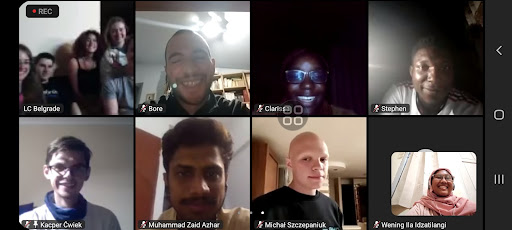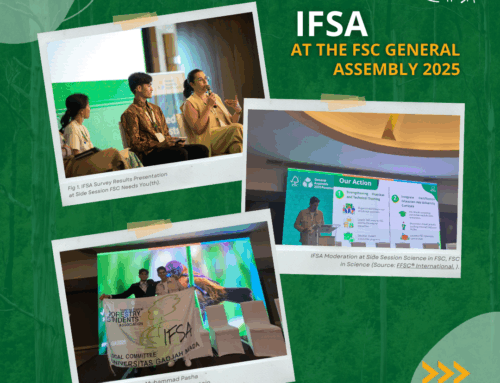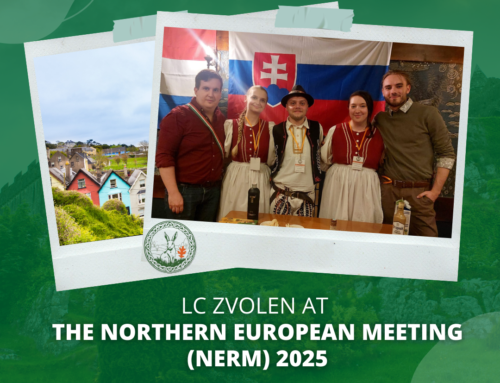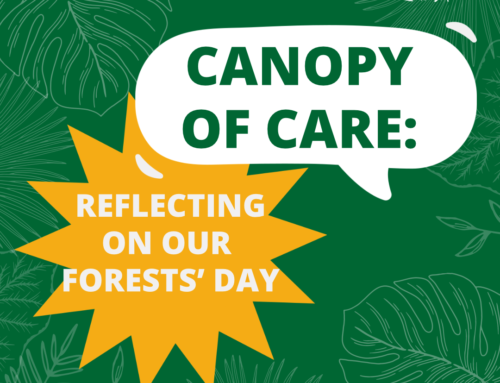Serbia’s Cultural Day
Land of The Red Squirrels
On Friday, 12 May 2023, International Forestry Students’ Association Local Committee Belgrade hosted the Cultural Day through Zoom meeting. The presenters were Nađa Nikić (Vice president of IFSA LC Belgrade) and Ena Žarković (LC Representative of IFSA LC Belgrade). The presentation started with general information about Serbia, including its geography and demography. The event becomes more interesting as the presentation goes into the mythology, historical figures, the meaning of the Serbian flag, the foods, and the recommended places. IFSA LC Belgarde mentioned an event they organized for IFSA, SERM 2020, in an online situation as the COVID pandemic began. Serbia is also a country with a very long history which began in the 6th BC where Illyrian tribes, Celts, and Romans inhabited the region. The story continues with the story of how wars affected the state of Serbia until, in 2006, the Republic of Serbia declared.
In line with the long history of Siberia and the diverse people who live there, cultural products, such as mythology, are also diverse. Some of the folks that the people still believe are the story of Perun (God of Thunder), Vesna (God of Spring), Chernobog (God of Misfortune), and Baba Yaga (A mythical creature that lures kids into the wood). The strong culture also gives birth to many important figures in the world in this country, one of them is Nicola Tesla! These great people then are the catalyzer of the Serbia movement, then the spirit can be represented through their flag. There are three colors of the flag: red (represents the blood shed for this country), blue (represents freedom), and white (represents mother’s milk feeding strong Serbian children). There is a logo of the famous two-headed eagle, which is a symbol taken from Byzantium. It is believed that one of its heads is pointed towards the heavenly kingdom, while the other is turned towards the earthly kingdom. Aside from that, Serbia has a long history of forest history on its policies which began in the 14th century. The war also affected the unsustainable practices in Serbia’s forests. Moreover, since the 1990s, forest management approaches have been based on communities.
The presentation then continues to show the diverse Serbian food, drink, and clothes. See more about the presentation by clicking the pdf below!

The last picture
The presentation: Cultural Day Serbia.pptx.pdf



